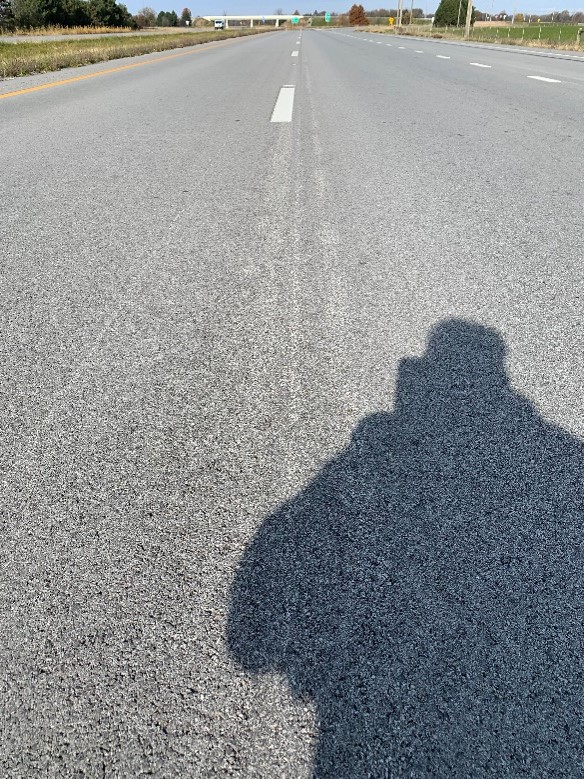Project: US Highway 20 in Sandusky County Ohio.
The year 2021 was another important year for VRAM, as we added several states to the list of those with VRAM experience. It is now 21 states and The District of Columbia.
Protect The Longitudinal Joint. Protect The Entire Road.
Road managers know that the longitudinal joint is the first part of the pavement to fail. As a road’s most permeable part, this joint is susceptible to the elements. Air and water work down through this gap causing the joint to deteriorate, crack and pothole. And when the longitudinal joint fails, the rest of the road soon follows — triggering the need for even more maintenance.
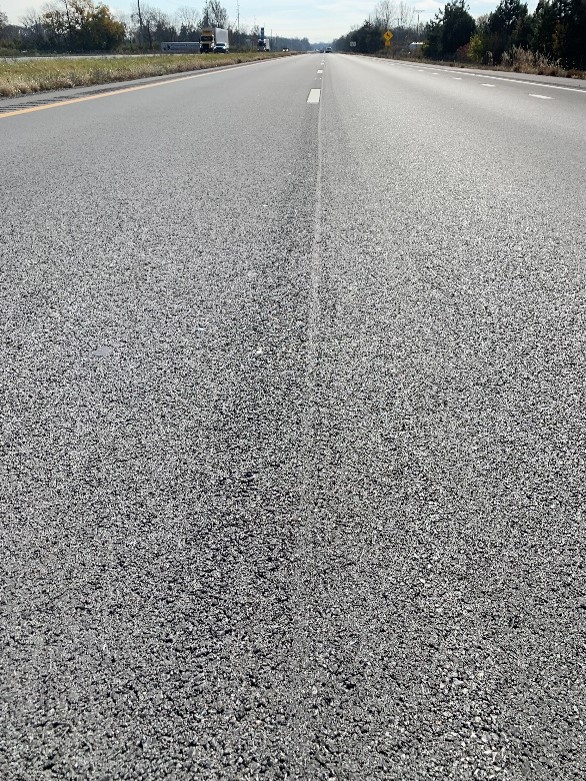
By filling a substantial portion of the voids at the longitudinal joint with a Void Reducing Asphalt Membrane (VRAM), you are able to reduce permeability in this most critical area.
VRAM. When It’s Down, It’s Done!
As the following pictures show, when you place VRAM under the hot mix asphalt at time of construction, you are protecting your investment for years to come. It’s down. It’s done! You can focus on the next set of new construction projects without having to worry about repeated repair and maintenance events along the longitudinal joint. Utilizing lifecycle cost calculators and analysis, it shows the investment in VRAM to protect the longitudinal joint, helps roads last up to 5 years longer and delivers a return on investment of 3 to 5 times its cost.
Example of a 5-Year Old Road Without VRAM

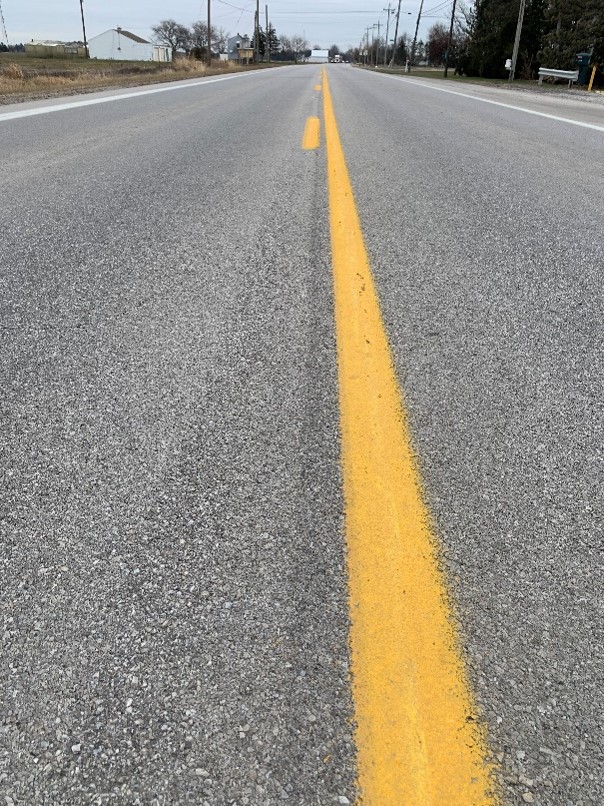
This particular project in Sandusky County Ohio was constructed in October of 2020.
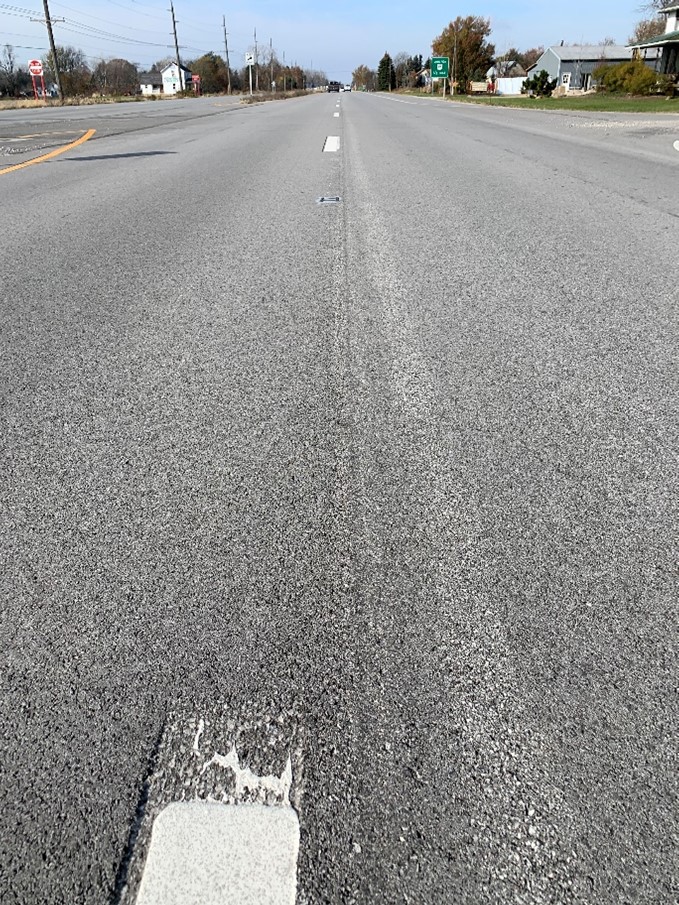
Owner: ODOT
Prime: Gerken
Applicator: SCI
Location: US-20 Sandusky County Ohio
Date Constructed: 10-6-2020
Date Reviewed: 11-16-2021
Weather Conditions on Day of Review: Sunny and Cool
Raised Pavement Markers: Yes
Mix: 12.5mm Type A 446 PG70-22 1.5”
Project details: This particular VRAM project started at mile marker 19.32 and continued to mile marker 24.43 in both east and westbound lanes. NOTE: There was not a control section for this particular project. As shown in previous projects, this is what a longitudinal joint can look like less than five years after initial construction, when VRAM is not used.
This project was reviewed by AMI Team Member Chad Crosby.
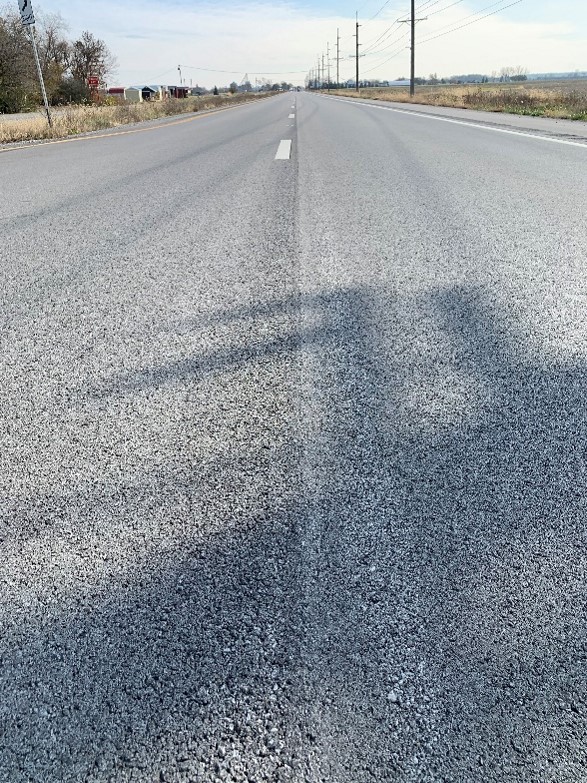
How You Can Invest in VRAM
A road is more resilient when less maintenance is required. VRAM is an wise financial investment, and an investment in making roads safer and more sustainable. Wise infrastructure investments will also enhance tax-payer confidence that their money is being spent with their best interests in mind. We believe that these types of projects will motivate project teams to collaborate to achieve better outcomes. The test and control sections should provide an objective measure of sustainable performance, which will draw attention to the good work being undertaken.
J-Band® is a product of Asphalt Materials, Inc. and was created in the labs of Heritage Research Group. To learn more about J-Band, or to connect with our team, you can connect via email at: Marketing@Asphalt-Materials.com.
Test and Control Pictures of other Ohio Projects.
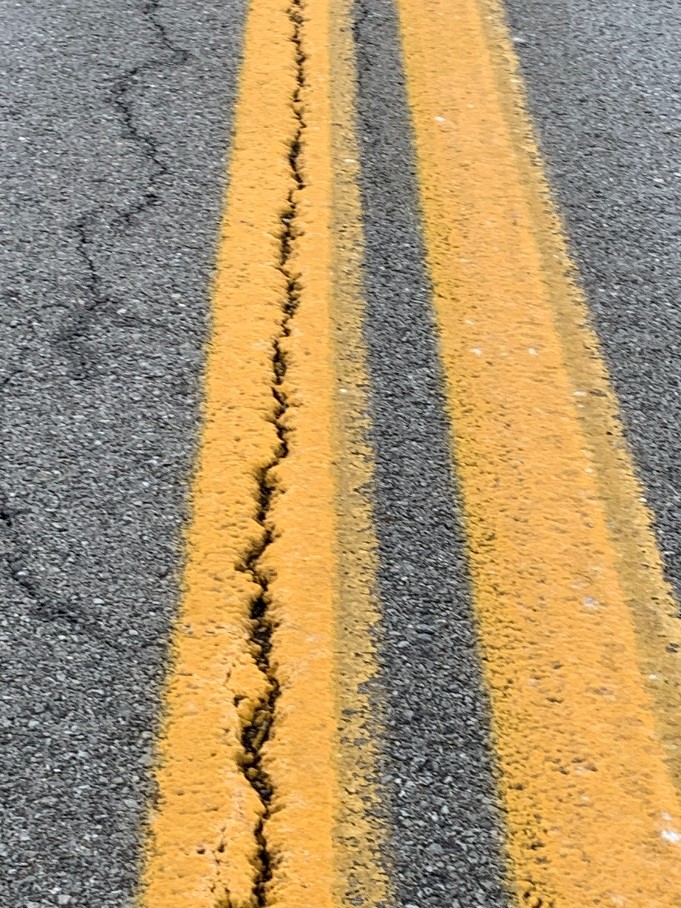
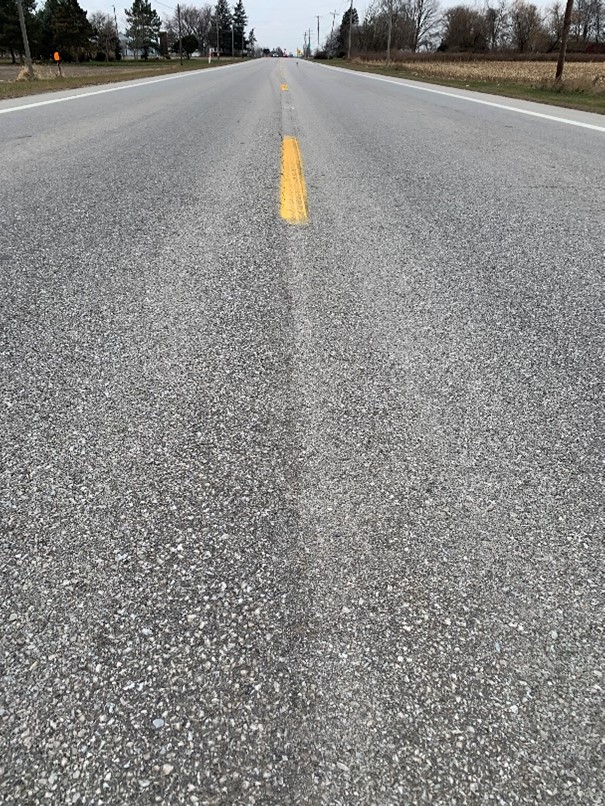
As shown above, the year 2021 has provided us with another year to demonstrate how well roads constructed with VRAM continue to perform. Since 2002 VRAM treated roads continue to be longer-lasting, safer and more economical than roads that are not utilizing VRAM at the time of construction.
Over the coming weeks, we will review a number of different case studies of VRAM treated roads across our network to show that VRAM, when it’s down, it’s done!

